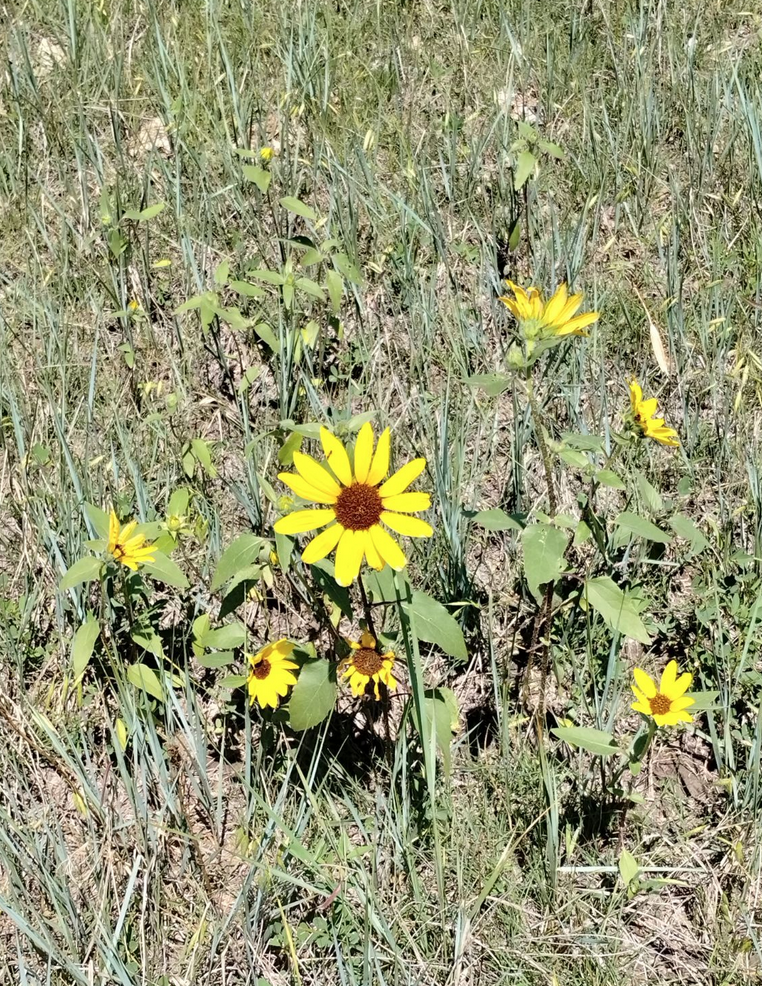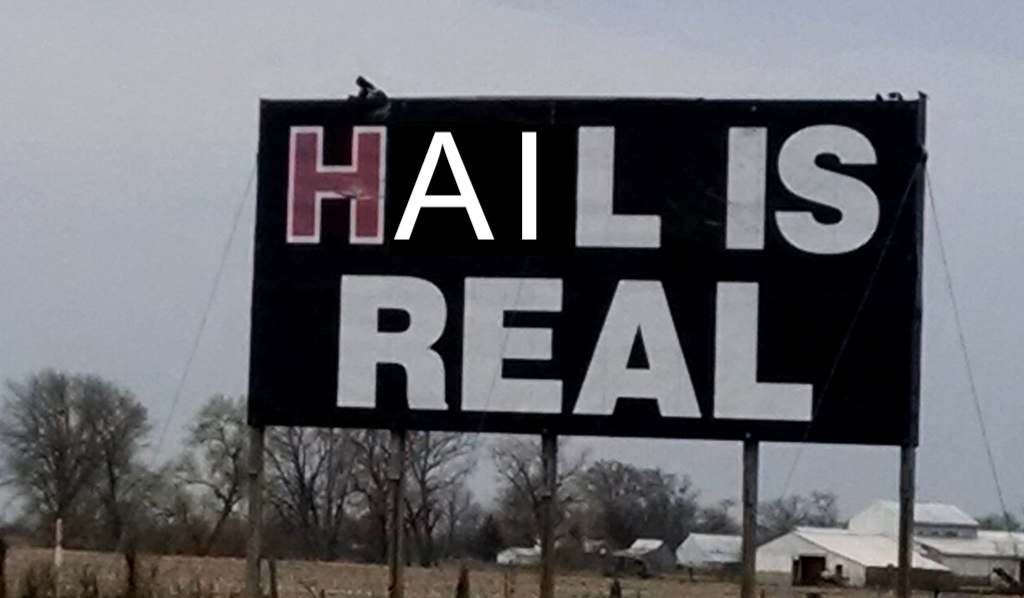
We all knew it was coming, but we hoped we were wrong.
The field season started smoothly, and the Buffalo Gap National Grasslands of South Dakota welcomed me with open arms. After a week of training, we started field work, and I learned the basics of aerial cover and stem counting so that we could begin data collection. Some of the plots at each site are covered by rainout shelters which simulate drought for the grasses under the shelters. This will become relevant in a bit.
For those who haven’t had the honor and privilege of performing aerial cover and stem count surveys, I will explain. For an aerial cover survey, you place a 50×100 cm quadrat onto an area of grass and make note of every species of plant within the quadrat. Most of the plants are grasses and forbs, from everyone’s favorite, Bromus arvenis (field brome), to old reliable Pascopyrum smithii (western wheatgrass), to the sneaky Erysimum repandum (bushy wallflower).
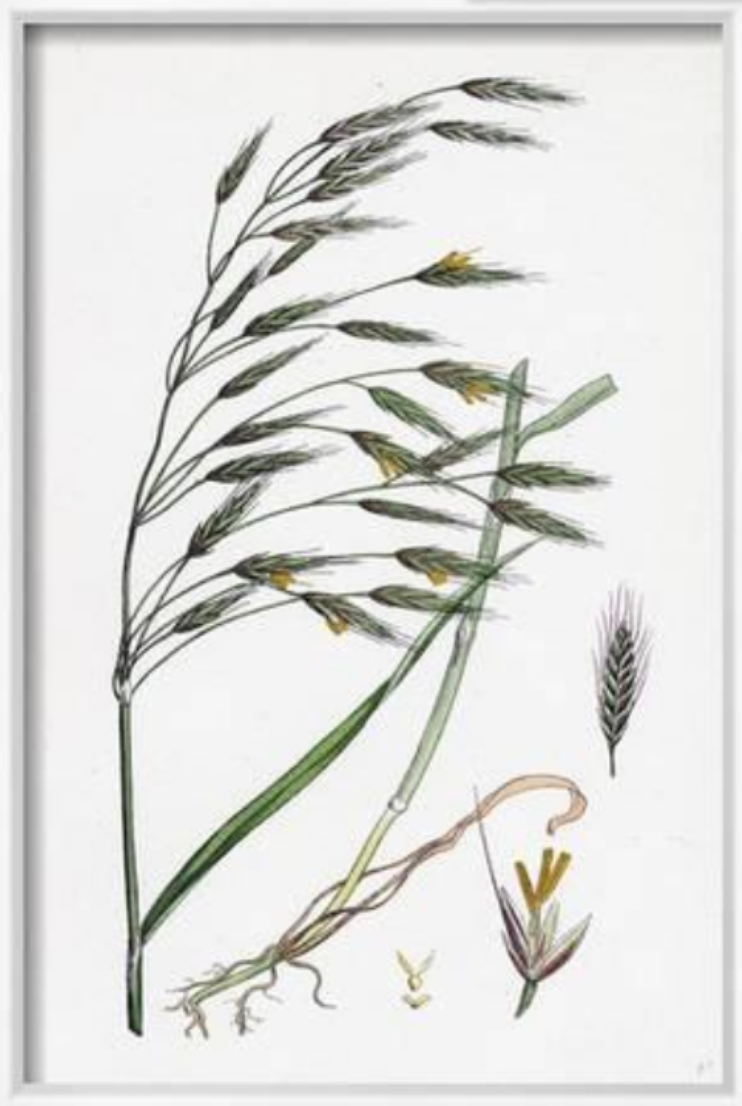
Stem counting involves putting down a 20×25 cm quadrat and counting every stem coming out of the ground. This may sound like a dreary task, but it’s actually incredibly meditative and has become my favorite part of the field day. Love it or hate it, I can promise you will never look at a patch of Bouteloua gracilis the same after stem counting.
But I digress. The first few weeks were going smoothly. The weather was beautiful, the fields grassy, and, aside from the occasional cactus spine and mosquito bite, it was everything a technician could hope for in a field season. Then the rains came.
I suppose there had technically been rains the whole time. There were occasional thunderstorms, often accompanied by hail, but they didn’t tend to fall during fieldwork hours. But on the fateful evening of June 25th, our Cedar Pass field site got a hailstorm like no other. When we got to the site on Monday morning, we saw that many of the rainout shelters had become swiss cheese. Some of the shingles had fully broken. Out of 70+ shingles, only 29 were undamaged. The rest needed to be replaced. This was worrying because we were in crunch mode and were trying to finish aerial cover measurements on the plots as soon as possible while still producing quality data. But the broken shelters needed to be replaced.
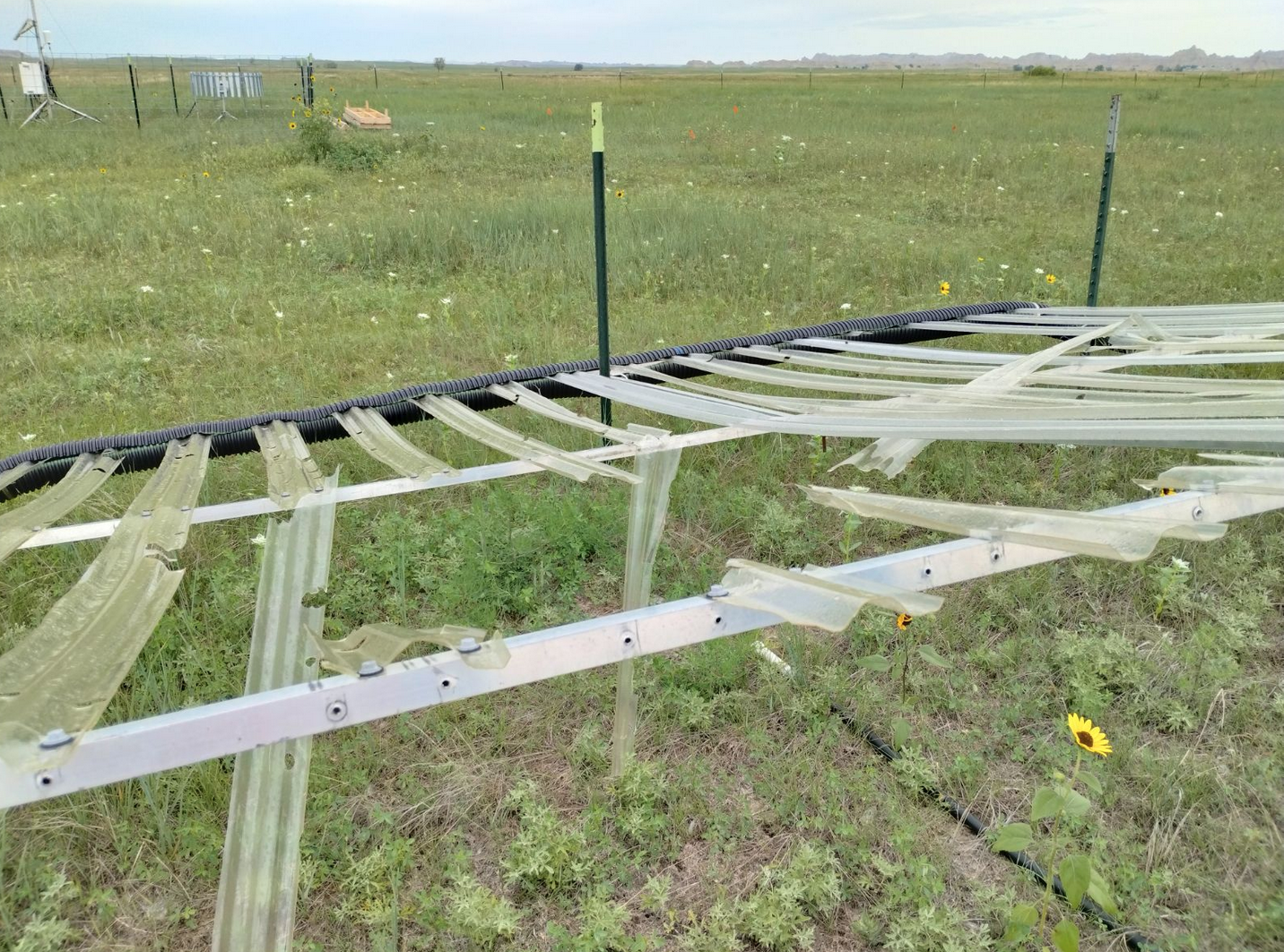
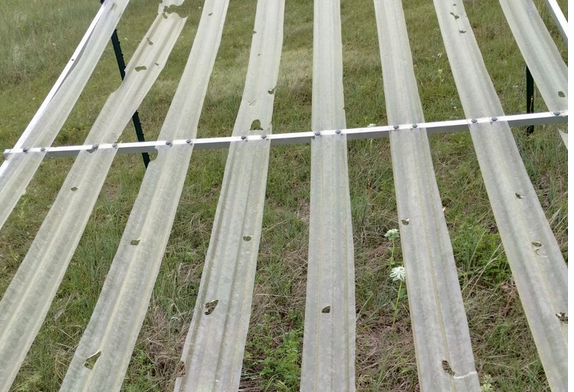
Fortunately, an angel in the form of Jeff Synstad came to help us in our time of need. Having one extra person on the team to fix the shelters gave us the manpower we needed to get our work done for the day. I’m looking forward to another exciting day tomorrow.
Until next month. Here’s a picture of a sunflower to tide you over:
